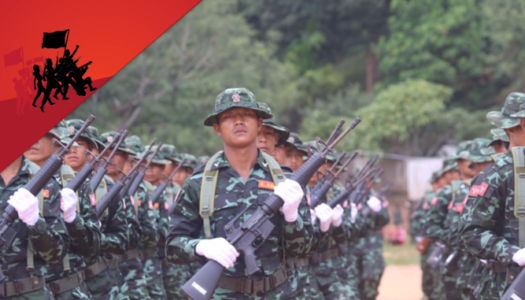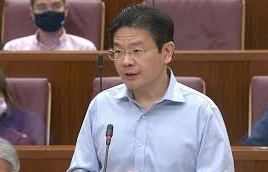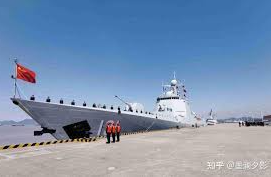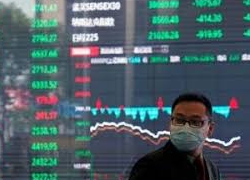Despite insurgent gains, the Myanmar junta maintains control through strategic arms production and air power dominance, argues a Myanmar-based analyst.
YANGON: Myanmar’s relentless civil war continues, with the initial optimism surrounding Operation 1027—a surprise offensive by opposition forces in October 2023—tempered by the military regime’s enduring resilience. The State Administration Council (SAC) has implemented a controversial military service law, potentially increasing forced recruitment as it fights to retain power.
While insurgent groups like the Arakan Army, Karen National Union, and the Three Brotherhood Alliance have captured an estimated 50 towns, no major state capitals or Myanmar military regional command centers have fallen. Despite ongoing losses along its borders, the SAC remains entrenched in central Myanmar, bolstered by air power and a robust arms production infrastructure.
Strategic Stability in Urban Centers
Key urban and industrial hubs, including Yangon, Naypyidaw, Mandalay, and the military production belt at Pyay in Magway Region, remain under SAC control. These areas, along with vital military bases and airfields, support a stable transport network for arms and supplies.
Despite disruptions to overland trade routes with China and Thailand, sea-based trade continues to provide critical resources, such as jet fuel and military supplies. The Defence Services Industries, also known as Ka Pa Sa, sustain the regime’s war efforts by manufacturing bombs, artillery, and other weaponry, ensuring its capacity to strike back against resistance forces.
Escalating Air Strikes
Data from Myanmar conflict think tank Nyan Lynn Thit Analytica reveals a dramatic rise in air strikes since the February 2021 coup. In 2021, there were 85 strikes; this surged to 339 in 2022 and an alarming 1,228 in 2023. Between September and December 2023 alone, the SAC averaged six daily air strikes, with devastating civilian casualties.
The SAC’s air capabilities have reportedly become more precise and destructive, allegedly deploying thermobaric weapons to maximize impact. Recent attacks include the bombing of Rohingya communities in Rakhine State and the destruction of towns in Southern Shan State. Amnesty International highlighted the role of international fuel shipments in sustaining these air strikes, with aviation fuel transported via Vietnam and flagged by Chinese and Liberian tankers.
International Response and Sanctions
Global efforts to curb the junta’s firepower have included sanctions targeting Myanmar’s foreign arms supplies and jet fuel imports. Notably, the U.S. imposed sanctions in March and August 2023, while Australia sanctioned three companies supplying aviation fuel in February 2024. However, analysts argue for greater coordination and expansion of these measures, particularly in light of the escalating violence.
Conclusion
Despite significant territorial losses and a growing insurgent threat, the SAC’s centralized control over strategic resources and its unyielding air power have allowed it to endure. For Myanmar’s opposition, dismantling these advantages remains a formidable challenge.








